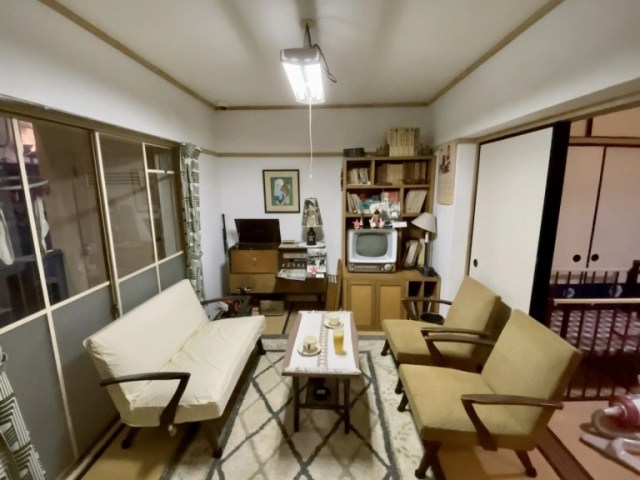
Matsudo Museum recreates Tokiwadaira Danchi, and a day in the life of old-school Japan.
The Matsudo Museum is all about life in the town of Matsudo, Chiba Prefecture. That might sound like a pretty narrow focus, but the museum takes a deep look at the subject over the course of 30,000 years, from the Paleolithic Age to the modern era.
▼ Entrance to the Matsudo Museum
The facility has the usual displays of archeological artifacts and artist-rendition dioramas you’d expect of a history museum, and they’re all interesting in their own ways. What really sets the Matsudo Museum apart from other museums, though, is its amazing Tokiwadaira Danchi recreation.
Tokiwadaira Danchi was a group of apartment blocks built in Matsudo in 1955. At the time, Japan was just beginning to recover from the devastation of World War II, and modern apartment buildings were seen as a symbol of hope and the first taste of the coming post-war prosperity that the country and its people would enjoy.
The real Tokiwadaira Danchi had roughly 4,800 units, so obviously the Matsudo Museum didn’t rebuild the whole place. The partial reconstruction’s exterior is extremely accurate, though, but what’s even more amazing is the fully recreated interior of a Japanese apartment as it would have looked in the early 1960s.
Depending on how old you are and where you grew up, entering the apartment can either feel like you’re taking a look into someone else’s life or going back to your own childhood home.
Stepping through the entrance, look to your left and you’ll see the kitchen. It might look pretty quaint by today’s standards, but back in the mid-Showa era, the dual stove burners connected by a hose to the gas line, and the electric-powered ventilation fan above, were fancy new niceties.
▼ As was this electric rice cooker
Instead of sterile showcases, the household items are out in the open, and positioned to look as if they’re still being used on a daily basis by the apartment’s occupants who just happen to be out at the moment.
Heading into the living room, the TV, radio, and record player would have provided all the entertainment the family needed in the pre-Internet era, and there’s another sign of the times in the contrast between the furniture and flooring.
At this point in Japan’s history, sofas, chairs, and other western furniture to lounge in was becoming increasingly popular. However, hardwood flooring and carpeting were still relatively rare.
The result was Western furniture and old-school tatami reed flooring in the same room. While this combination isn’t unheard of present-day Japan, it’s becoming less and less common, but in the 1960s it was still quite often the norm.
Other amenities of then-modernized life that you can spot in the apartment include the washing machine, installed out on the balcony…
…the sewing machine integrated into its own desk…
…and the flush toilet.
▼ The sign on the lid informs guests that the toilet is for display purposes, and not to be used, so make sure to use the museum’s actual restroom if you hear nature’s call.
The biggest shock, though, is how different the bath looks from what we’re used to today. The tub and floor are wood, and there’s no hose/shower head for rinsing with. Instead, you’ve got a tap and wash buckets, which you can fill up with water and then splash over yourself.
Visiting the Matsudo Museum’s Tokiwadaira Danchi recreation really feels like you’ve warped 60 years into the past, creating a sense of nostalgia but at the same time also making you wonder what parts of our current lifestyles will look fascinatingly retro to kids being born today.
Museum information
Matsudo Museum / 松戸市立博物館
Address: Chiba-ken, Matsudo-shi, Sendabori 671
千葉県松戸市千駄堀671番地
Open 9:30 a.m.-5 p.m.
Closed Mondays (or Tuesday if Monday is a holiday)
Admission: 310 yen (adults), 150 yen (college/high school students)
Junior high students free
Website
Photos ©SoraNews24
● Want to hear about SoraNews24’s latest articles as soon as they’re published? Follow us on Facebook and Twitter!
[ Read in Japanese ]

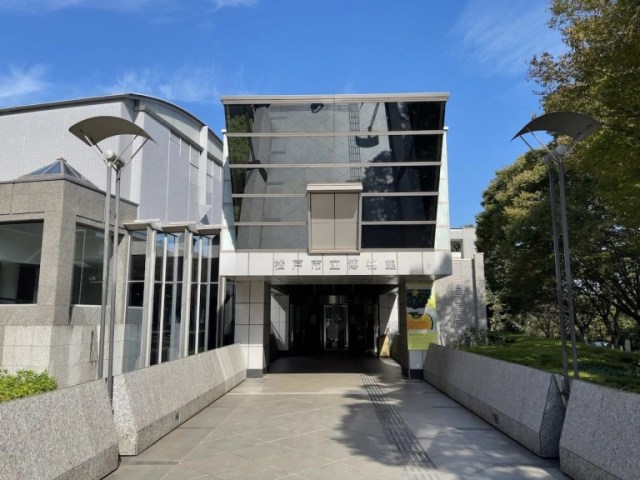
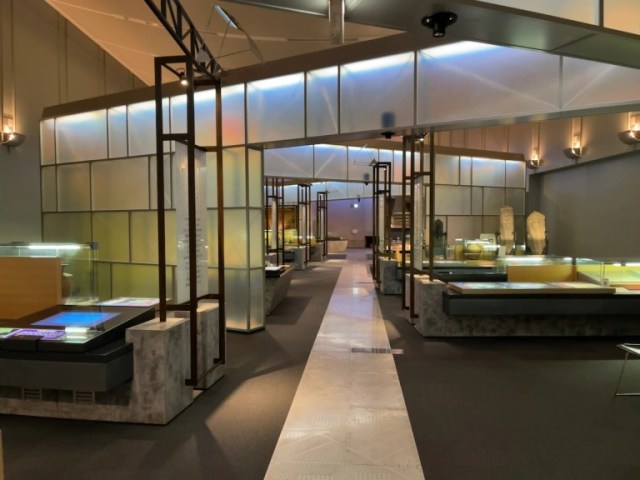
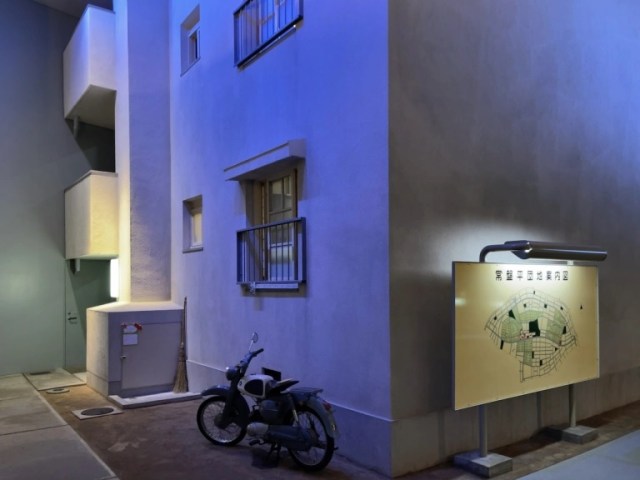
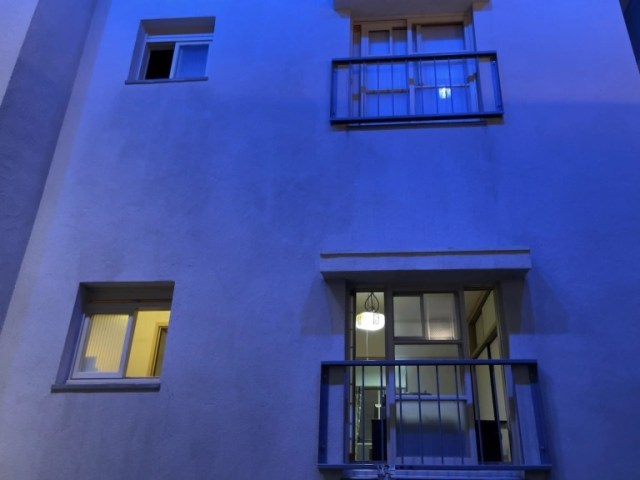
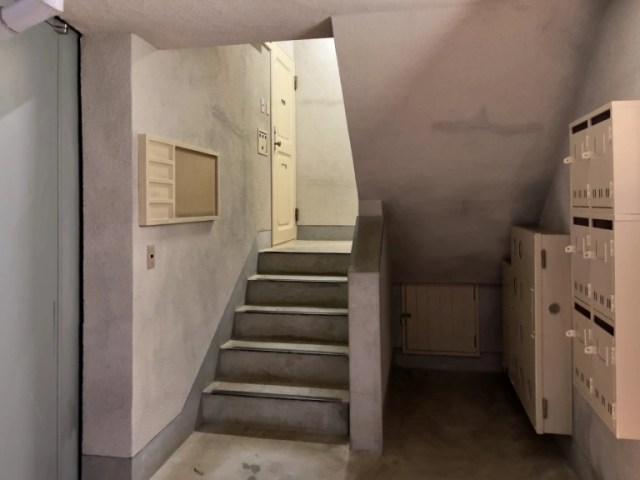
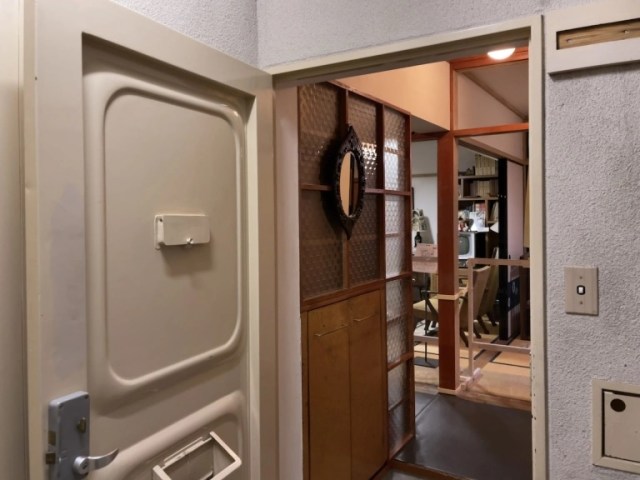
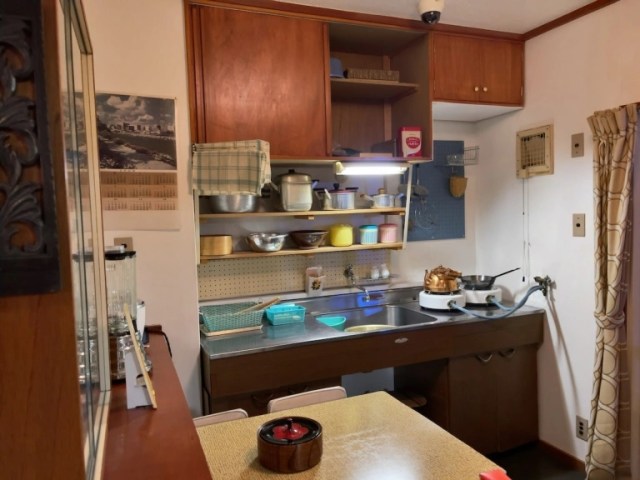
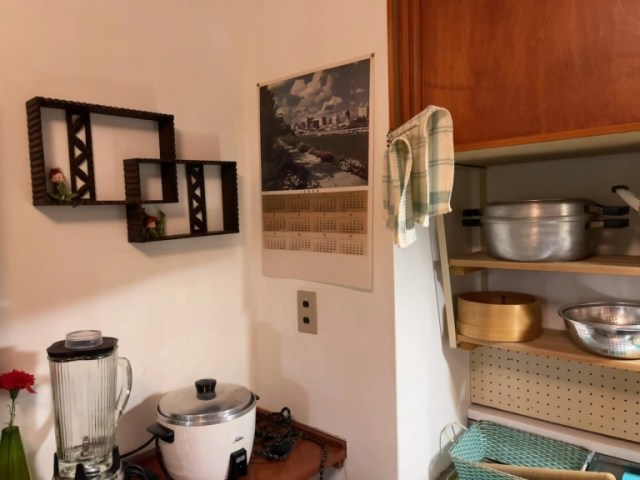
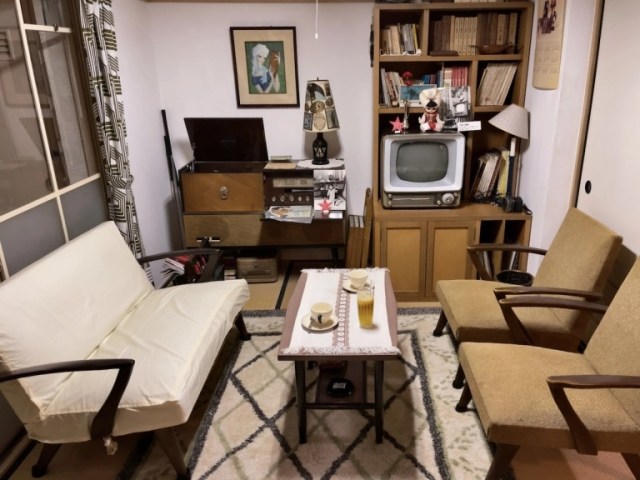
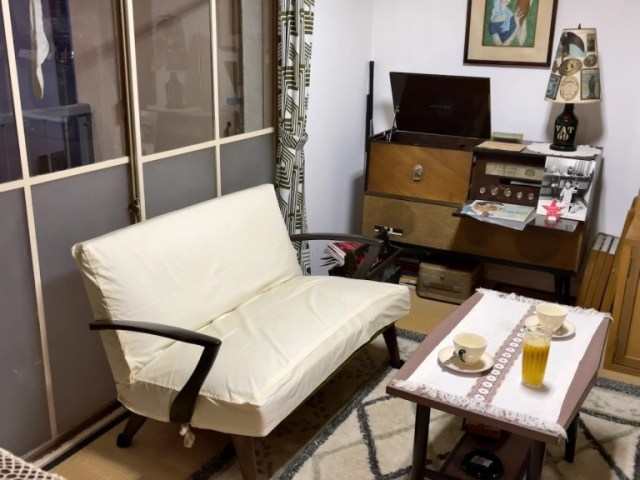
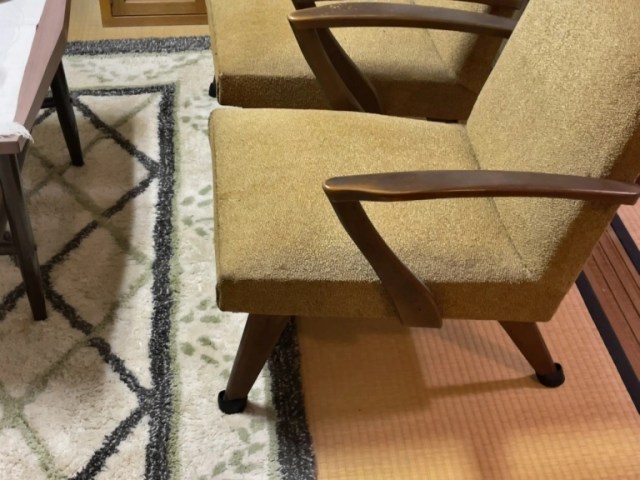
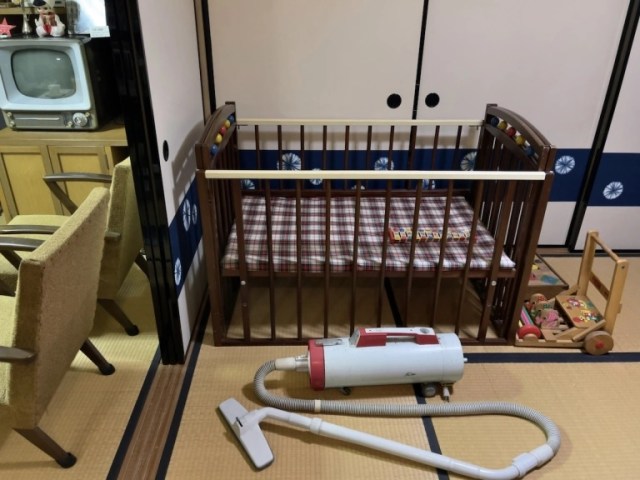
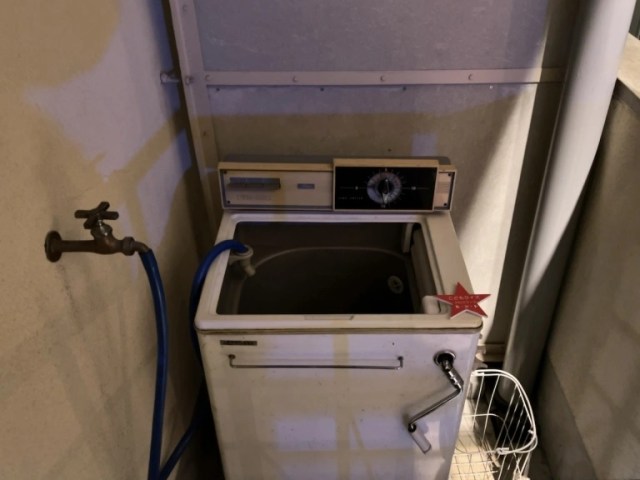
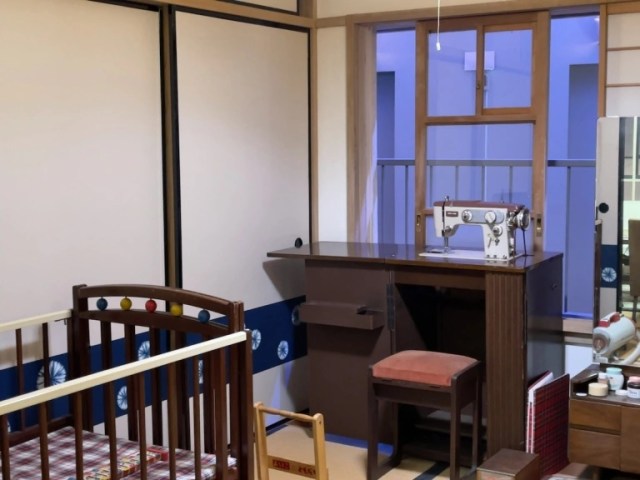
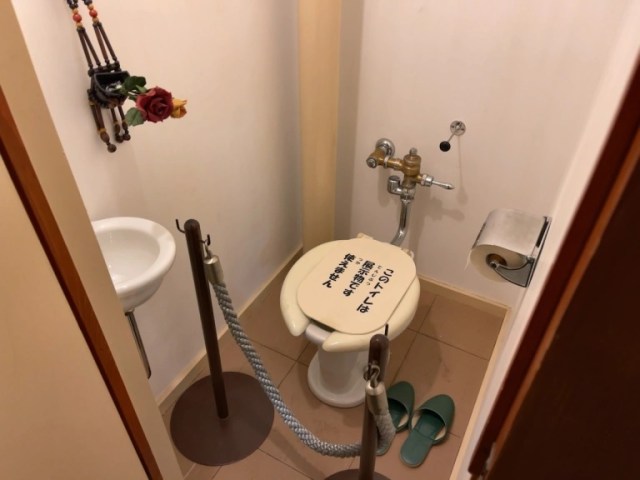
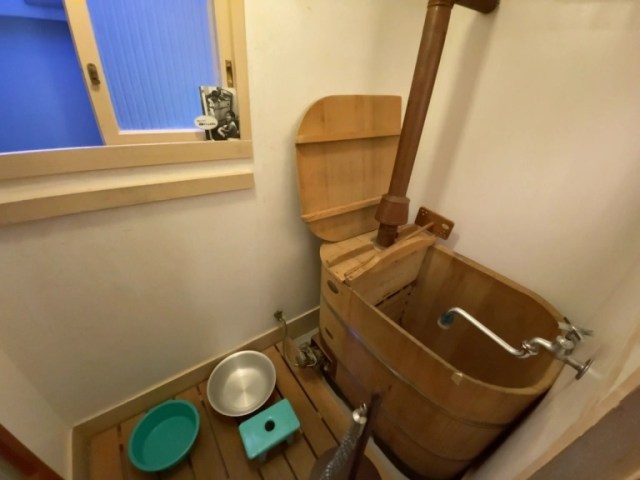
 Charges dropped against elderly Japanese man for nailing Putin voodoo doll to sacred shrine tree
Charges dropped against elderly Japanese man for nailing Putin voodoo doll to sacred shrine tree Sushi for breakfast? Our under-1,000-yen breakfast with Hama Sushi’s new morning menu
Sushi for breakfast? Our under-1,000-yen breakfast with Hama Sushi’s new morning menu 7-Eleven opens “next generation” SIP convenience store in Japan
7-Eleven opens “next generation” SIP convenience store in Japan Woman delivers baby on passenger train just outside of Tokyo
Woman delivers baby on passenger train just outside of Tokyo Japan has a cat real estate agency, where every apartment lets you and your kitty live together!
Japan has a cat real estate agency, where every apartment lets you and your kitty live together! Japan’s deadliest food claims more victims, but why do people keep eating it for New Year’s?
Japan’s deadliest food claims more victims, but why do people keep eating it for New Year’s? Is it OK to buy multiple shrine charms in Japan, or will it make the gods angry at you?
Is it OK to buy multiple shrine charms in Japan, or will it make the gods angry at you? Starbucks Japan’s Lucky Bag #3: A fukubukuro surprise we weren’t expecting
Starbucks Japan’s Lucky Bag #3: A fukubukuro surprise we weren’t expecting The top 10 annoying foreign tourist behaviors on trains, as chosen by Japanese people【Survey】
The top 10 annoying foreign tourist behaviors on trains, as chosen by Japanese people【Survey】 Kiki’s Deliver Service heroine gets new design from Spy x Family artist for 40th anniversary
Kiki’s Deliver Service heroine gets new design from Spy x Family artist for 40th anniversary There’s an official PlayStation lucky bag, but what’s inside?【Photos】
There’s an official PlayStation lucky bag, but what’s inside?【Photos】 We meet again – Mister Donut teams up for new round of gourmet donuts with famed chocolatier
We meet again – Mister Donut teams up for new round of gourmet donuts with famed chocolatier How to cook miso soup (the right way) in a few simple steps【RocketKitchen】
How to cook miso soup (the right way) in a few simple steps【RocketKitchen】 A visit to the best UFO catcher arcade in the universe!
A visit to the best UFO catcher arcade in the universe! Hello Kitty isn’t a cat!? We called Sanrio to find out!
Hello Kitty isn’t a cat!? We called Sanrio to find out! Hayao Miyazaki says Happy New Year to Studio Ghibli fans with new art for Year of the Snake
Hayao Miyazaki says Happy New Year to Studio Ghibli fans with new art for Year of the Snake McDonald’s Japan has a fukubukuro lucky bag that everyone wants to get their hands on
McDonald’s Japan has a fukubukuro lucky bag that everyone wants to get their hands on What’s in Starbucks Japan’s fukubukuro lucky bag for 2025?
What’s in Starbucks Japan’s fukubukuro lucky bag for 2025? Let’s go open a Lego Japan lucky bag…o
Let’s go open a Lego Japan lucky bag…o Square Enix releases a Final Fantasy fukubukuro lucky bag for New Year’s in Japan
Square Enix releases a Final Fantasy fukubukuro lucky bag for New Year’s in Japan Animate Akihabara releases a lucky bag for the first time in years, and it’s amazing
Animate Akihabara releases a lucky bag for the first time in years, and it’s amazing The perfect budget-friendly hot spring hotel near Narita Airport
The perfect budget-friendly hot spring hotel near Narita Airport Bear breaks into house in Japan, quickly begins spending winter exactly like Japanese people do
Bear breaks into house in Japan, quickly begins spending winter exactly like Japanese people do Starbucks Japan is calling it quits with paper straws
Starbucks Japan is calling it quits with paper straws Japanese company develops classy heavy metal band frames for glasses
Japanese company develops classy heavy metal band frames for glasses This downtown Tokyo cafe is like a time machine that takes you back 50 years into the past
This downtown Tokyo cafe is like a time machine that takes you back 50 years into the past Station of despair: What to do if you get stuck at the end of Tokyo’s Chuo Rapid Line
Station of despair: What to do if you get stuck at the end of Tokyo’s Chuo Rapid Line Starbucks Japan reveals new winter holiday goods to wrap up 2024
Starbucks Japan reveals new winter holiday goods to wrap up 2024 McDonald’s new Happy Meals offer up cute and practical Sanrio lifestyle goods
McDonald’s new Happy Meals offer up cute and practical Sanrio lifestyle goods Foreign tourists on Shinkansen bullet train break suitcase etiquette, angering local passengers
Foreign tourists on Shinkansen bullet train break suitcase etiquette, angering local passengers Possessing Harry Potter’s Sword of Godric Gryffindor is now illegal in Japan
Possessing Harry Potter’s Sword of Godric Gryffindor is now illegal in Japan [Deleted] Article written for April Fool’s Day 2018
[Deleted] Article written for April Fool’s Day 2018 Japanese government to make first change to romanization spelling rules since the 1950s
Japanese government to make first change to romanization spelling rules since the 1950s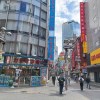 Foreigner’s request for help in Tokyo makes us sad for the state of society
Foreigner’s request for help in Tokyo makes us sad for the state of society Japanese convenience store Family Mart announces abolishment of eat-in spaces
Japanese convenience store Family Mart announces abolishment of eat-in spaces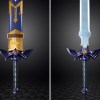 Life-size vibrating Legend of Zelda Master Sword for sale from Nintendo【Photos】
Life-size vibrating Legend of Zelda Master Sword for sale from Nintendo【Photos】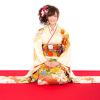 Princesses, fruits, and blacksmiths: Study reveals the 30 most unusual family names in Japan
Princesses, fruits, and blacksmiths: Study reveals the 30 most unusual family names in Japan Studio Ghibli releases free-download board game — Here’s how to play it without reading Japanese
Studio Ghibli releases free-download board game — Here’s how to play it without reading Japanese Samurai Ninja Museum Tokyo With Experience is true to its name, lets you slice with real katana
Samurai Ninja Museum Tokyo With Experience is true to its name, lets you slice with real katana Commuter chaos around Tokyo during peak hour after Typhoon Trami hits Japan 【Pics & Video】
Commuter chaos around Tokyo during peak hour after Typhoon Trami hits Japan 【Pics & Video】 Details of the Pokémon/Van Gogh art museum crossover are just as adorable as we’d hoped【Pics】
Details of the Pokémon/Van Gogh art museum crossover are just as adorable as we’d hoped【Pics】 Real-life Evangelion apartment in Japan is ultra-cheap, ultra-anime【Photos】
Real-life Evangelion apartment in Japan is ultra-cheap, ultra-anime【Photos】 Hayao Miyazaki’s concept art and ideas for the Ghibli Museum to be revealed in new exhibit
Hayao Miyazaki’s concept art and ideas for the Ghibli Museum to be revealed in new exhibit Tiny Tokyo apartment makes up for lack of space with clever design details【Video】
Tiny Tokyo apartment makes up for lack of space with clever design details【Video】 Two Tokyo train stations getting Harry Potter-style makeovers
Two Tokyo train stations getting Harry Potter-style makeovers Neighbors Kamikitazawa introduces us to the cool side of shared Tokyo apartment rentals
Neighbors Kamikitazawa introduces us to the cool side of shared Tokyo apartment rentals Come touch our poo animals, Tokyo museum invites
Come touch our poo animals, Tokyo museum invites Tokyo museum’s current exhibition offers a dose of retro style and romance from 100 years ago
Tokyo museum’s current exhibition offers a dose of retro style and romance from 100 years ago Tokyo’s Ghibli museum to reopen this month, but only for one group of people
Tokyo’s Ghibli museum to reopen this month, but only for one group of people Nintendo files multiple new trademarks for hotel/restaurant operations in Japan
Nintendo files multiple new trademarks for hotel/restaurant operations in Japan Japanese arcade restroom asks customers to declare loyalty for dogs or cats in toilet paper poll
Japanese arcade restroom asks customers to declare loyalty for dogs or cats in toilet paper poll Uber Eats delivers movie theater popcorn at certain Tokyo and Chiba locations
Uber Eats delivers movie theater popcorn at certain Tokyo and Chiba locations The top 20 places to visit in Tokyo, as chosen by travelers
The top 20 places to visit in Tokyo, as chosen by travelers
Leave a Reply